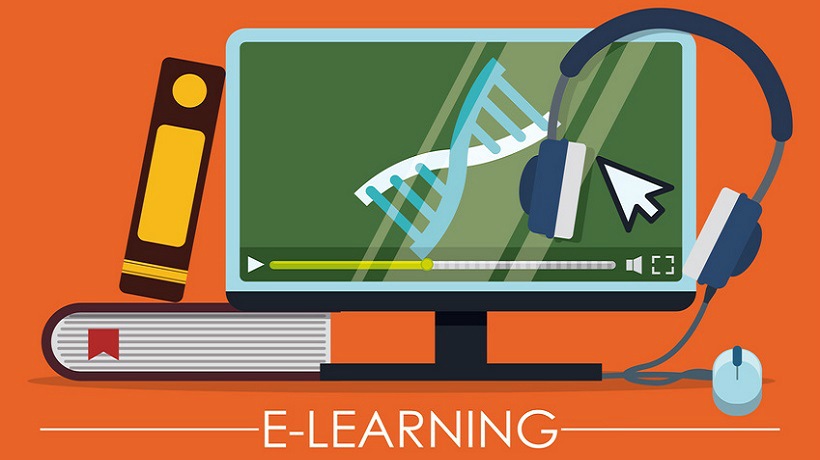The Worth Of A Virtual Classroom: How Does It Help Modern Learners?
Teaching and learning are a fast changing form. Technology has opened doors of learning wide, and as a result the classroom, the learners, and the instructors are all changed beings today. It cannot be denied that learners today differ in competence and motivation levels at all learning platforms, be it a classroom or an eLearning module. The exposure to newer technologies has led to a gap between the levels of teaching or instruction that a learner expects and what the instructor is able to impart. In such an environment it becomes difficult to attract and sustain the learner’s interest in the subject matter. Traditional classroom teaching requires a board for the teachers to demonstrate. Other teaching aids like charts, graphs, or flash cards are also used. Keeping these time tested dictates in mind, the virtual classroom has been created, using the internet or intranet as the link. This “classroom” is similar to a traditional classroom of schools and colleges. The difference is in its methodology of imparting the same course of teaching; while the teacher probably still uses a board (a digital whiteboard, in this case), he or she has the choice of using a number of aids to make the lesson more lively and interactive.
- Audiovisuals are extensively used to invite attention of students and retain it for long.
This platform allows the teacher to access various graphic tools which helps demonstrate in a manner that speaks more than “just words”. In a matter of seconds, numbers can be depicted in different kinds of charts and graphs. Color coding might be a simple enough application, but it also encourages retention by providing a visual stimulation in the form of color. - Interaction is key.
Most of the virtual classroom sessions are web-based, and thus a two-way interaction is also made possible in real-time. Just as in an actual classroom, the teacher and the students can engage in question-answer sessions. Debates can be conducted, as can various other forms of interactive learning tools like role-playing. - Internet itself is a huge repository of knowledge.
Instead of simply stating examples or case studies, they can be explored through the internet. And since the target audience, the students, spend maximum hours browsing internet, it is a territory they feel most at ease in. It is almost like they are not doing it as a part of their curriculum but for fun. And so, the students who might not actively participate in any discussion in a classroom maybe surprisingly vocal in an online poll or discussion board. A simple role-changing –of the classroom to an online community, the teacher to the moderator, and the students to the participants– can work wonders. - Effective role playing is encouraged.
Role playing within the virtual classroom is another way of creating awareness and interest on various issues. The rules of the role play are laid out and a demo is run to show how it works. The audience is then invited to participate in a similar exercise. The art of negotiation is taught when classroom is split into the management, the union and workers. Roles are interchanged for different sessions, to understand the nuances of each role – its demands and limitations. Another skill that is fruitfully learnt by effective role playing is that of business communication. The class is split into different groups of people, who communicate within an organization and a dialogue is run amongst them. The tone and format of communication, within the boundaries of organizational hierarchy, are thus experienced. - Plenty of feedback tools.
At the beginning of the session it is a good idea to familiarize users to find emoticons and feedback tools provided in the virtual classroom. For example, emoticons like laughter, applause, agree and disagree icons are very popular among all learner groups. Learners should be given the opportunity to try them out and instructors can use them too to lighten the mood. Instructions can be given to use the emoticons prudently – the laughter emotion when something is funny, or the applause button when a statement is particularly exciting.
Keeping in mind the diktat that one never ceases to learn, as eLearning developers we have to continue to learn more about modern learners and work towards creating stronger, as well as more effective platforms of technology-enabled learning.









